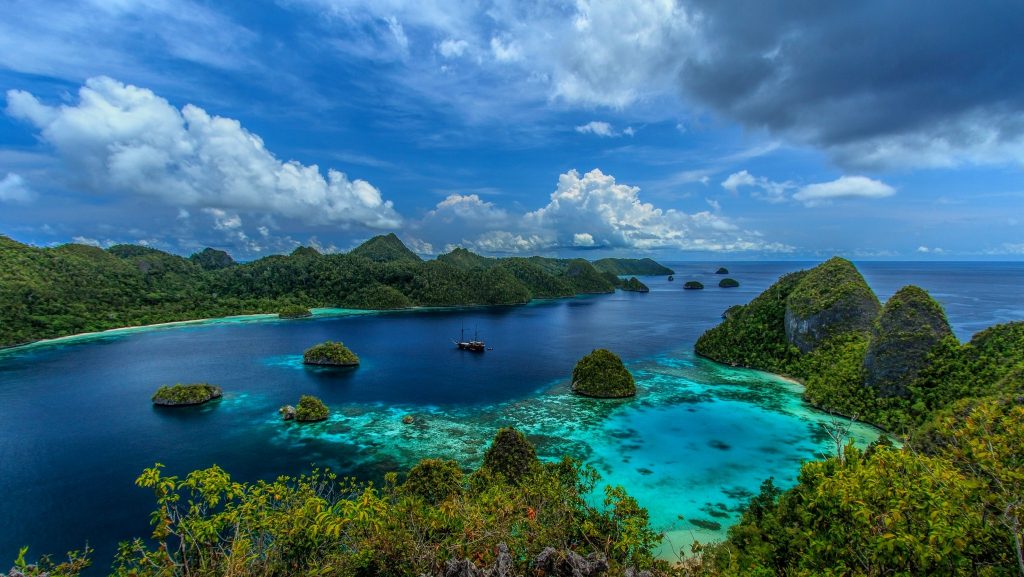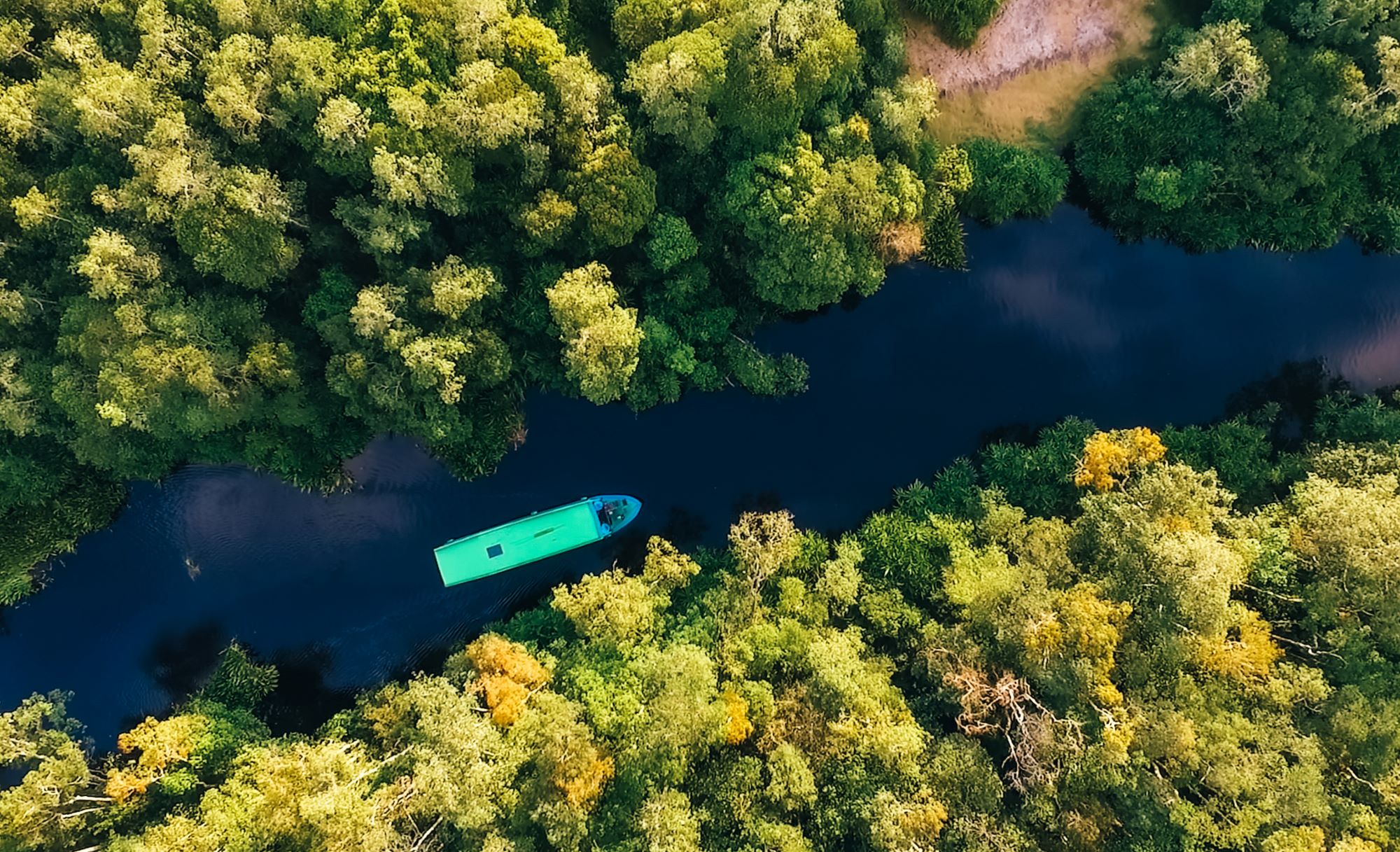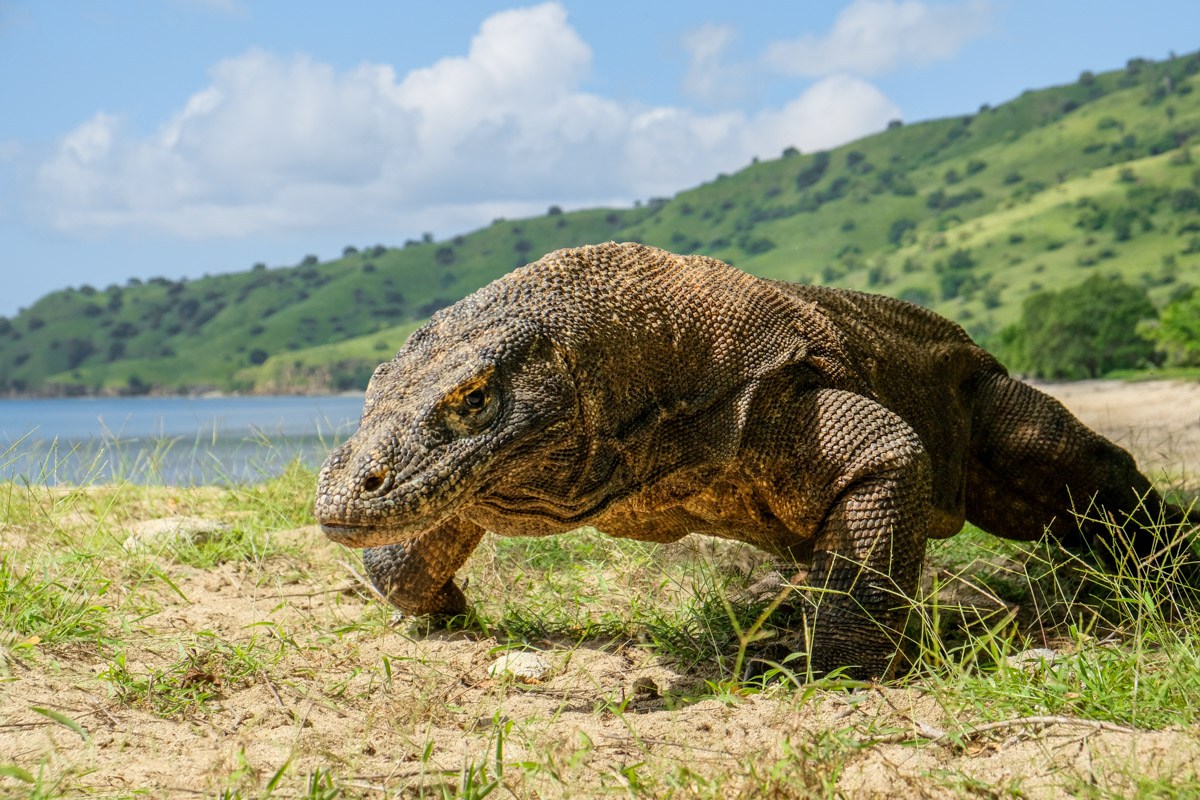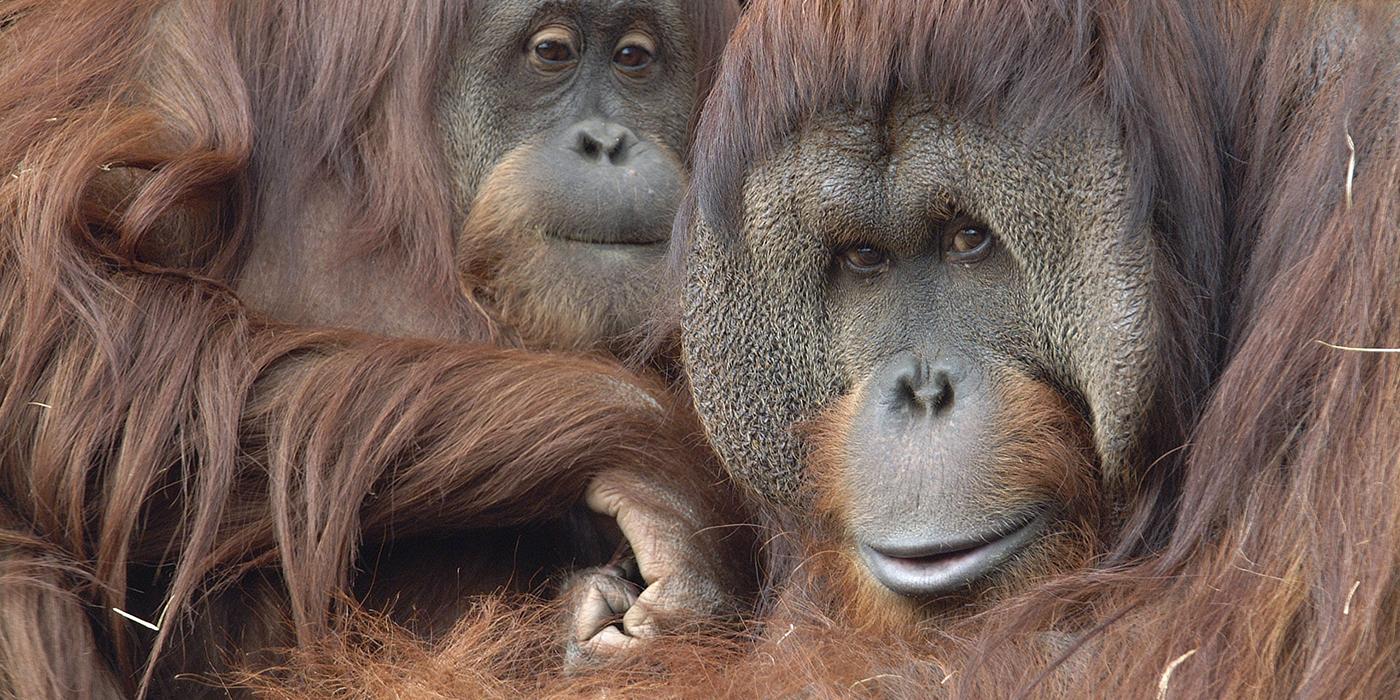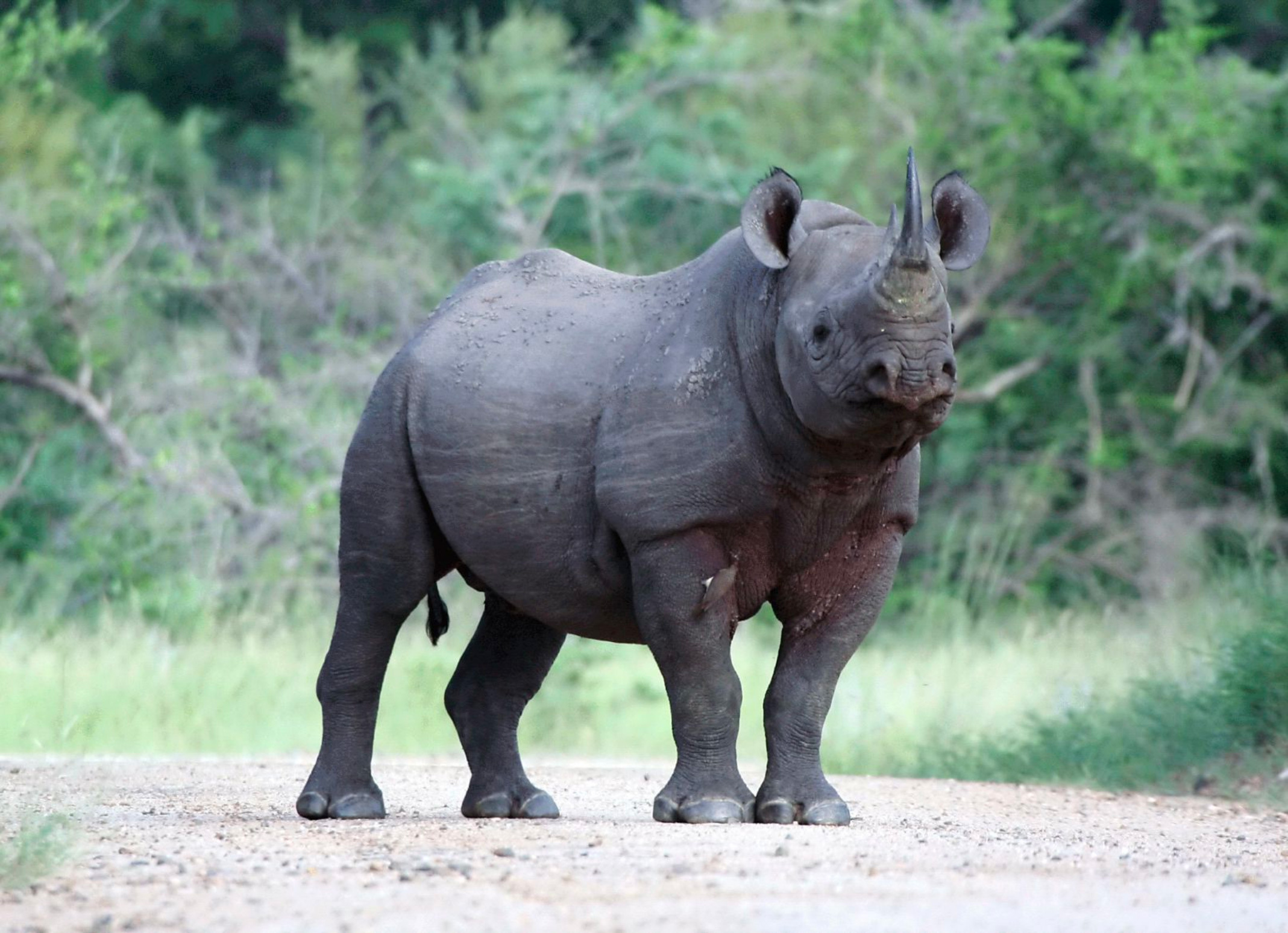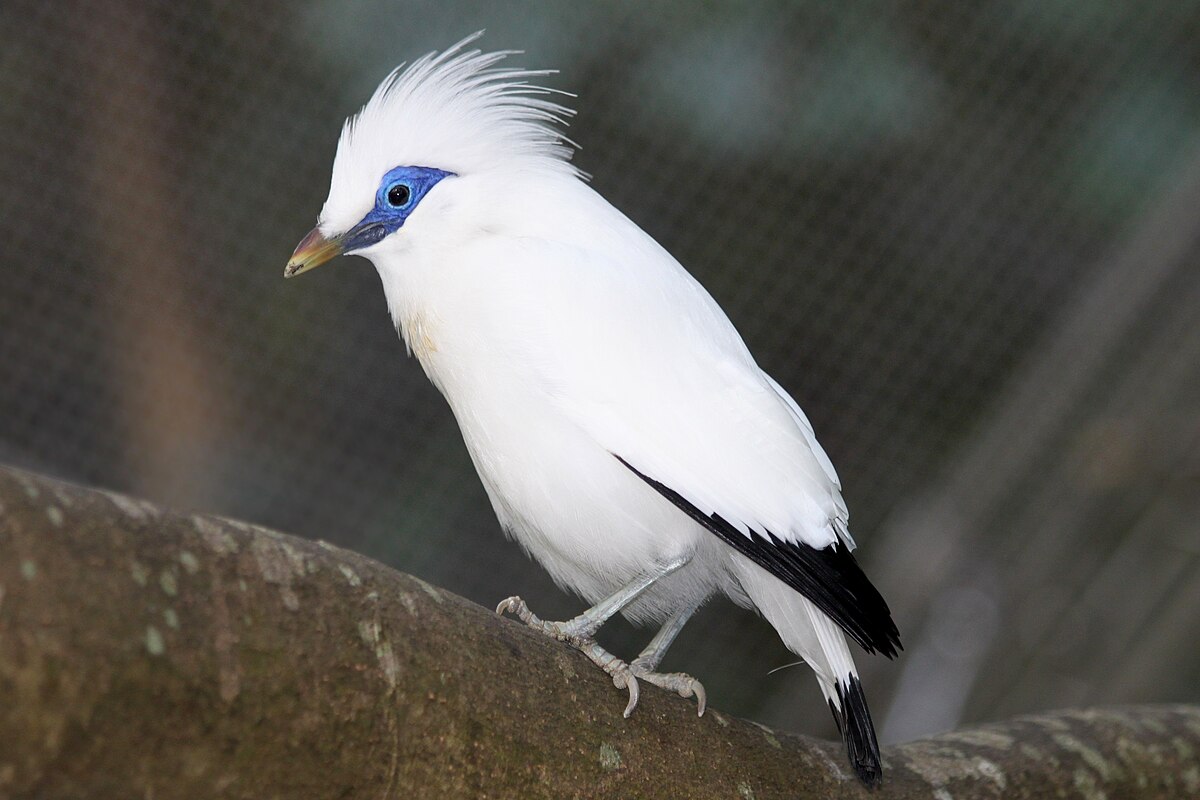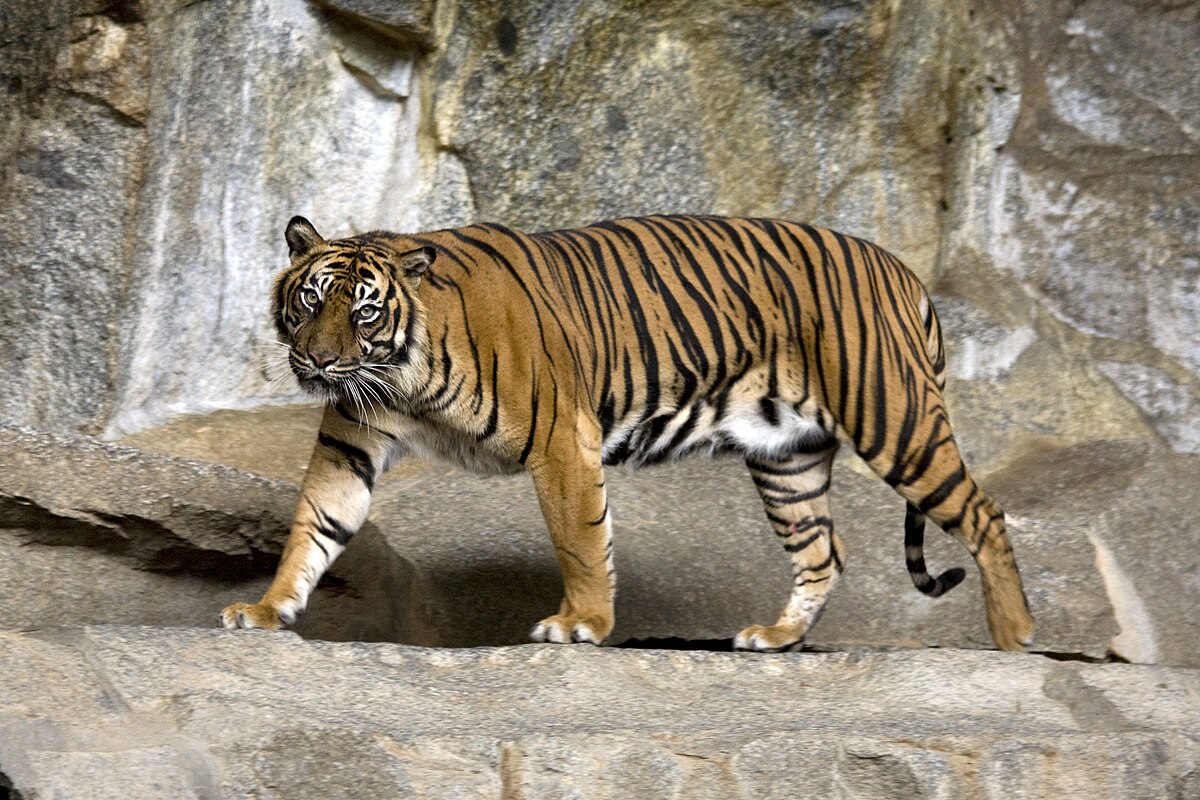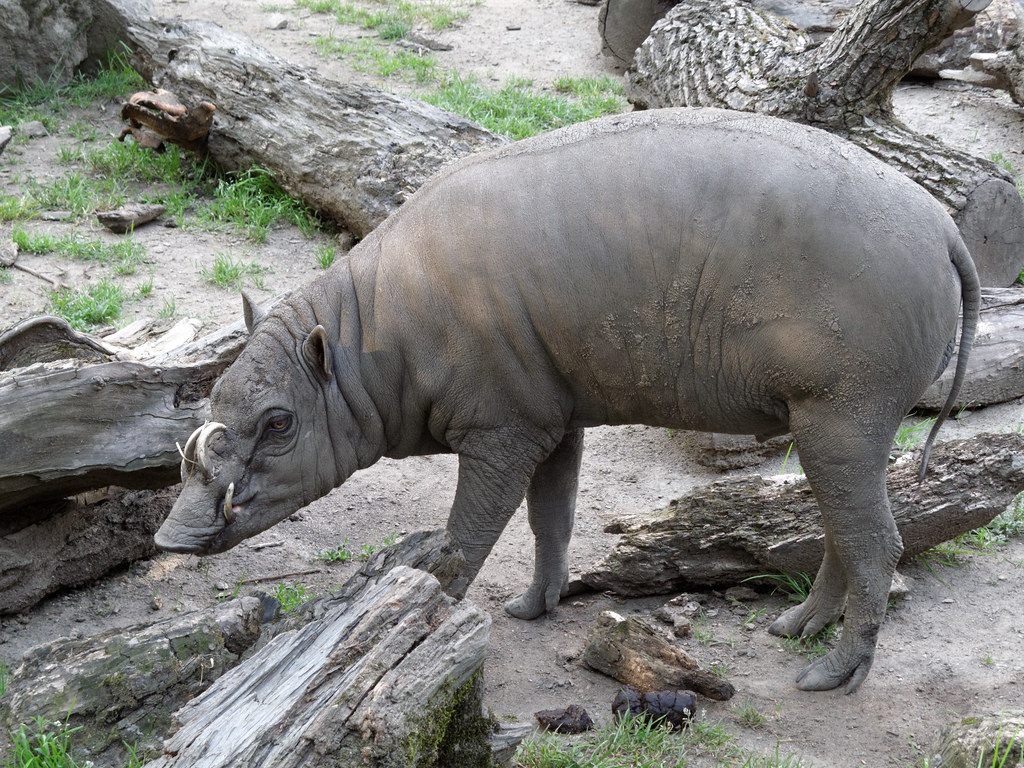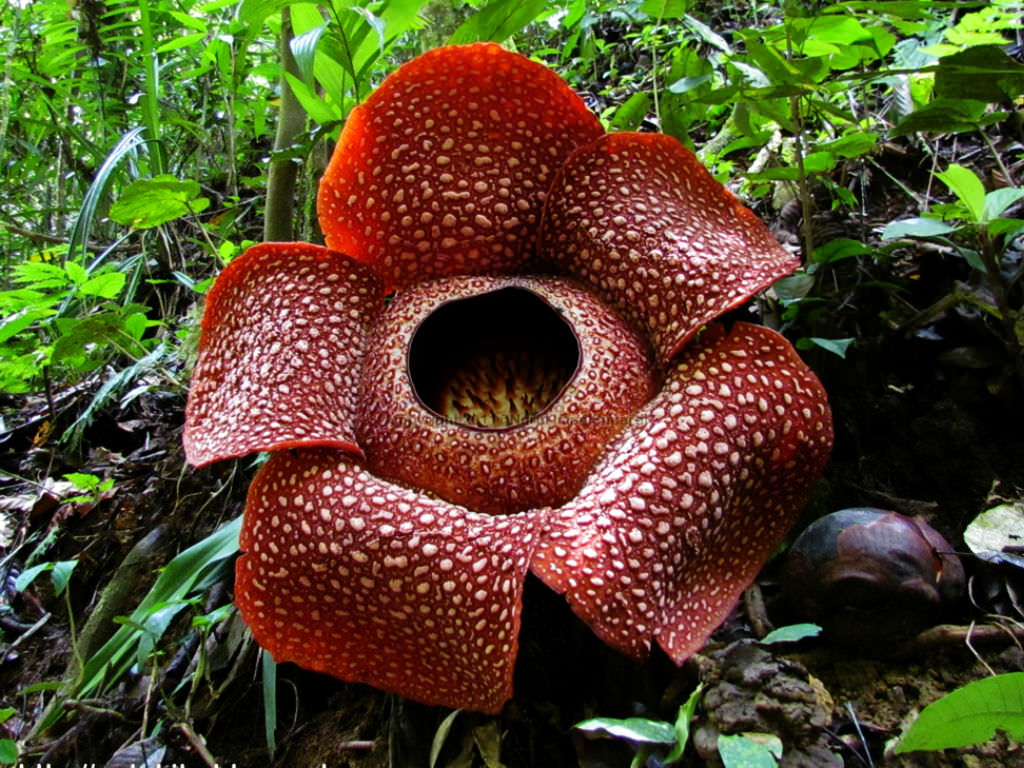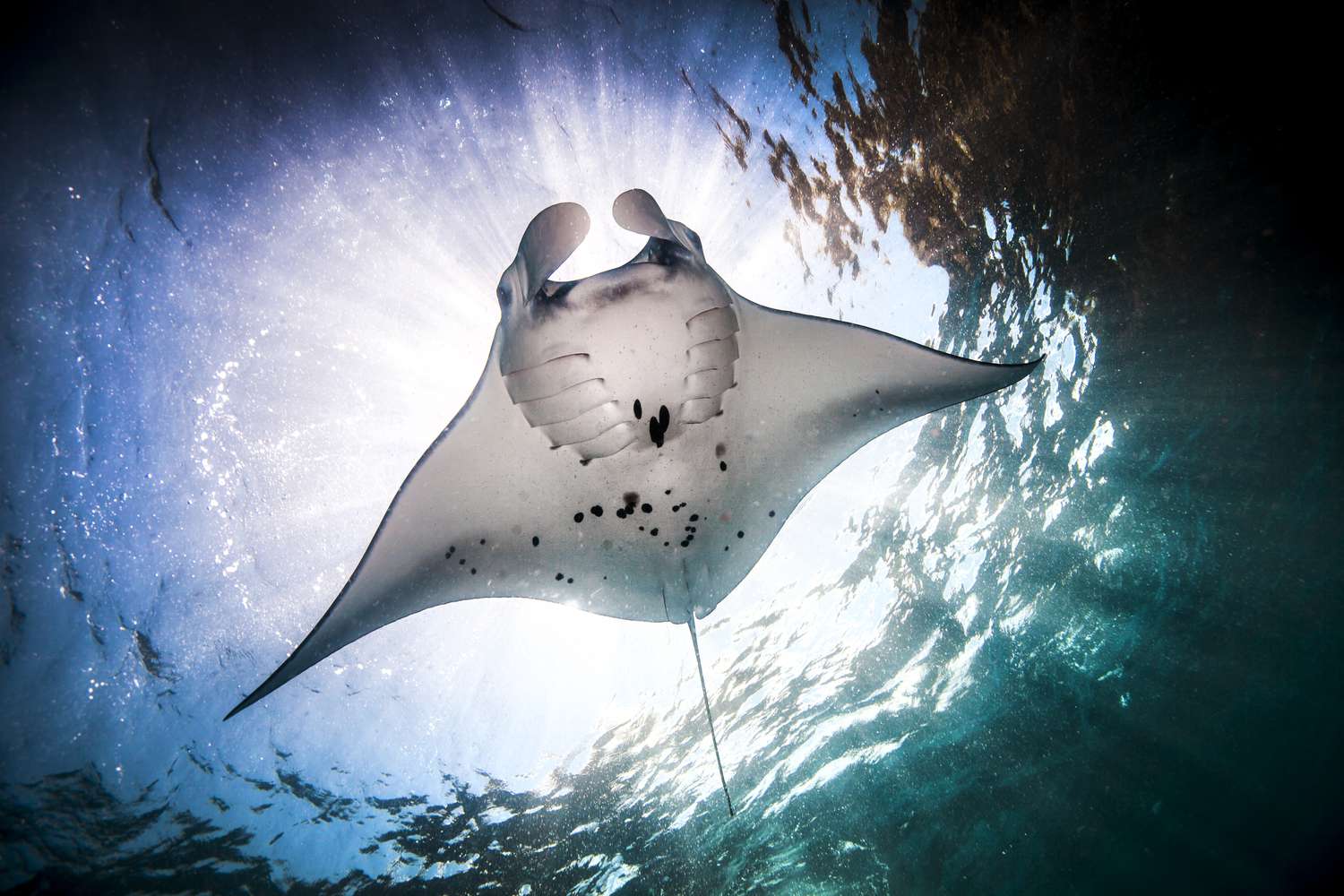Indonesia, an archipelago of over 17,000 islands, is a biodiversity hotspot, home to some of the most unique and exotic wildlife on the planet. With its dense tropical forests, sprawling savannahs, and rich marine ecosystems, Indonesia’s biodiversity is unparalleled. It is a country where the beauty of nature is not just seen, but deeply felt. In fact, Indonesia is recognized as one of the world’s most biodiverse countries, with a wide array of species that cannot be found anywhere else in the world. Whether you're trekking through the jungles of Sumatra, diving in the clear waters of Raja Ampat, or exploring the mangroves of Borneo, you are sure to encounter some of the planet's most fascinating creatures. In this article, we will take a closer look at Indonesia’s unique wildlife and some of the extraordinary species that make this country a must-visit destination for nature lovers.
Indonesia's Wildlife Hotspots
Before delving into the fascinating creatures of Indonesia, it’s essential to understand why the country is home to so many unique species. Indonesia’s geographical location and its variety of ecosystems play a crucial role in fostering this diversity. The country's islands are spread across the equator, creating a perfect environment for tropical species. Indonesia's rainforests, coral reefs, wetlands, and savannahs support many species, from tiny insects to large mammals and marine life.
Some of the key wildlife hotspots include:
- Borneo (Kalimantan): Known for its vast rainforests and unique wildlife, Borneo is a prime destination for nature enthusiasts.
- Sumatra: The island is home to rare species, many of which are critically endangered.
Papua New Guinea and Papua (Irian Jaya): These areas are part of the island of New Guinea, known for its distinct flora and fauna.
- Komodo Island: Famous for the legendary Komodo dragon, Komodo Island is a UNESCO World Heritage site.
- Raja Ampat: A marine paradise in West Papua that is home to a vast array of marine life and coral reefs.
Now, let’s explore some of the unique species that thrive in these varied ecosystems with Go Indonesia Tours.
The Komodo Dragon (Varanus komodoensis)
The Komodo dragon is perhaps one of Indonesia’s most famous and unique species. Native to the islands of Komodo, Rinca, Flores, and Gili Motang, the Komodo dragon is the world’s largest living lizard. These intimidating reptiles can grow up to 10 feet in length and weigh as much as 150 pounds. Despite their size, Komodo dragons are excellent hunters, using their keen sense of smell and powerful jaws to capture prey such as deer, wild boar, and even smaller Komodo dragons.
The Komodo dragon is a solitary creature, often found basking in the sun or hiding in the shade during the heat of the day. Their venomous saliva, which contains toxic bacteria, is used to subdue their prey, making them fearsome predators. These fascinating creatures are endangered, and conservation efforts in the Komodo National Park aim to protect them and their habitats.
Orangutans (Pongo pygmaeus and Pongo abelii)
Indonesia is home to two species of orangutans, the Bornean orangutan (Pongo pygmaeus) and the Sumatran orangutan (Pongo abelii), both of which are critically endangered. These great apes are among the most intelligent animals on Earth and are native to the rainforests of Borneo and Sumatra. Orangutans are primarily arboreal, spending most of their time in trees, where they forage for fruit, leaves, and insects.
The orangutan’s habitat has been under threat due to deforestation and the illegal pet trade, and their numbers are steadily decreasing. Conservation programs, such as those run by the Borneo Orangutan Survival Foundation and the Sumatran Orangutan Society, are working to protect the remaining populations and restore their natural habitats.
Despite their endangered status, seeing an orangutan in the wild is a breathtaking experience. Visitors to Borneo’s Tanjung Puting National Park or Sumatra’s Gunung Leuser National Park can take guided treks through the jungle in hopes of spotting these incredible creatures.
The Javan Rhino (Rhinoceros sondaicus)
The Javan rhinoceros is one of the rarest large mammals in the world, and it is found exclusively in Indonesia. With only around 60 individuals left, the Javan rhino is critically endangered and can only be found in Ujung Kulon National Park on the island of Java. These solitary herbivores are shy and elusive, often hiding in the dense forests of the park.
Historically, the Javan rhino ranged across Southeast Asia, but habitat loss and poaching have significantly reduced its numbers. Conservation efforts, such as habitat protection and anti-poaching patrols, are critical to the survival of the species. The Javan rhino’s survival is precariously balanced, and seeing one in the wild is an extremely rare and special opportunity.
The Bali Starling (Leucopsar rothschildi)
The Bali starling is a critically endangered species of bird that is native to Bali, Indonesia. This striking bird, also known as the Rothschild’s Mynah, has distinctive white plumage with blue markings around its eyes and a black-tipped tail. The Bali starling was once found throughout the island of Bali but is now restricted to the Bali Barat National Park and some breeding programs. Habitat loss, the illegal pet trade, and predation by introduced species have contributed to its rapid decline.
Efforts to protect the Bali starling have been successful in recent years, with breeding programs and habitat restoration initiatives increasing its population. Birdwatching enthusiasts visiting Bali can visit the Bali Barat National Park or the West Bali National Park to observe these beautiful birds in their natural habitat.
The Sumatran Tiger (Panthera tigris sumatrae)
Indonesia’s Sumatran tiger is one of the world’s last remaining subspecies of tiger. Found only on the island of Sumatra, these tigers are critically endangered due to habitat loss, poaching, and human-wildlife conflict. Unlike their cousins in India and other parts of Asia, the Sumatran tiger has adapted to live in the dense rainforests and mountainous regions of Sumatra, where they are apex predators, hunting deer, wild boar, and other small mammals.
Efforts to conserve the Sumatran tiger have focused on protecting their natural habitats and tackling poaching. Organizations like the WWF and the Sumatran Tiger Conservation Program are working to ensure the survival of this iconic species, though their numbers continue to dwindle.
The Babirusa (Babyrousa babyrussa)
The babirusa, or "pig-deer," is an unusual and fascinating animal native to the islands of Sulawesi, Togian, Sula, and Buru. This wild pig has long, upward-curving tusks that protrude through the skin of its snout, giving it an almost mythical appearance. The babirusa is an herbivore, feeding primarily on plants, roots, and fruits. It is most often found in forests, wetlands, and grasslands.
Unfortunately, babirusas are also endangered, largely due to habitat loss and hunting. Their tusks have been a source of interest in traditional hunting practices, further contributing to their decline. Conservation programs are in place to protect these curious creatures and their habitats, but their numbers remain low.
The Rafflesia Arnoldii (Rafflesia arnoldii)
While not an animal, the Rafflesia arnoldii deserves a mention as one of Indonesia's most unique species. Native to the rainforests of Sumatra and Borneo, the Rafflesia is the world’s largest single flower. Known for its foul odor, which resembles rotting flesh, the flower attracts carrion-eating insects for pollination. The Rafflesia is a rare plant, blooming only a few times a year for a brief period, and it is considered a symbol of Indonesia’s rich natural heritage.
Seeing a Rafflesia flower in full bloom is a rare and memorable experience. It’s a must-see for those visiting the rainforests of Sumatra, particularly in Bukit Barisan Selatan National Park or other protected areas.
The Manta Ray (Manta birostris)
Indonesia's waters are home to an incredible diversity of marine life, including the majestic manta ray. These large, graceful creatures can be found in several regions, including Raja Ampat, Komodo, and Nusa Penida. The manta ray is a filter feeder that feeds on plankton and small fish by swimming with its mouth open to collect food. Manta Ray has the largest brain-to-body ratio in all type of fish, so some people consider it as the most intelligent fish of all.
Indonesia’s clear waters provide one of the best opportunities to dive with these gentle giants. The dive sites in Raja Ampat and Komodo are renowned for their manta ray populations, and underwater enthusiasts can witness these majestic creatures gliding gracefully through the water.
Conclusion: Protecting Indonesia’s Wildlife Legacy
Indonesia’s wildlife is as diverse and captivating as the country itself. From the Komodo dragon and orangutans to the elusive Sumatran tigers and the rare Rafflesia flower, Indonesia is home to many species that can’t be found anywhere else on Earth. However, the country’s rich biodiversity is under threat, with many species facing extinction due to habitat loss, poaching, and environmental changes. It is essential that we continue to protect these incredible animals and their habitats to ensure that future generations can experience the same awe and wonder that Indonesia’s wildlife provides.
Through conservation efforts, eco-tourism, and sustainable practices, there is hope for the future of Indonesia’s unique wildlife. Whether you’re a traveler seeking to explore the island’s natural beauty or a conservationist working to protect endangered species, Indonesia’s wildlife is an integral part of the planet's biodiversity. So, the next time you plan an Indonesia tour, remember that you’re not just visiting a beautiful island—you’re stepping into a living museum of some of the world’s most extraordinary species.

